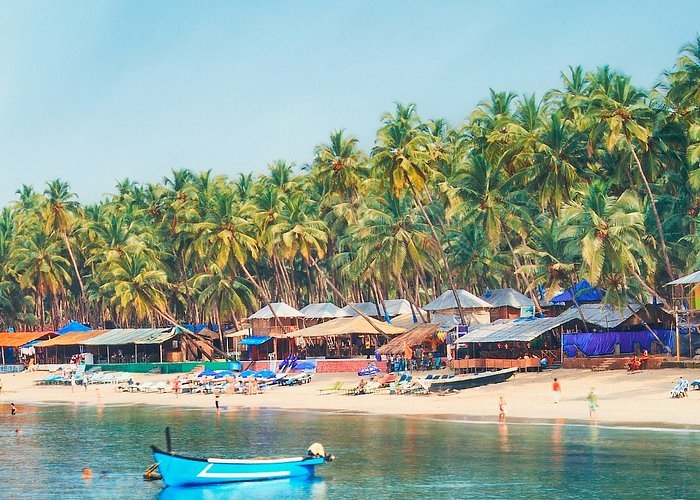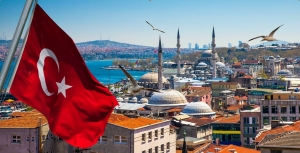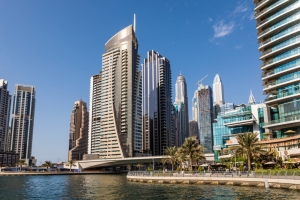The Brahmaputra River is one of the most significant and awe-inspiring rivers in the world. Flowing through Tibet, India, and Bangladesh, it is a lifeline for millions of people, supporting agriculture, trade, and biodiversity. The length of Brahmaputra in Assam is of particular importance, as the river carves its way through the state, shaping its landscape, culture, and economy.
In this blog, we will explore the length of Brahmaputra in Assam, its different names across regions, its biggest tributary, and its overall impact on Assam's heritage and environment.
The Length of Brahmaputra in Assam
The Brahmaputra enters Assam at Sadiya, flowing from Arunachal Pradesh and continuing westward before exiting into Bangladesh. The total length of Brahmaputra in Assam is approximately 916 kilometers. This stretch is crucial to the state's agricultural and economic activities, providing water for irrigation, fishery, and transport.
The river's vast floodplain creates fertile lands that sustain Assam's famous tea gardens and rice fields. However, the Brahmaputra is also known for its unpredictable nature, often changing course and causing severe floods that impact thousands of lives every year.
What is the Name of Brahmaputra River in Tibet?
The Brahmaputra originates in Tibet, where it is known as the Yarlung Tsangpo. This name signifies its sacred and geographical importance in the Tibetan Plateau. It originates from the Chemayungdung Glacier near Mount Kailash, at an altitude of about 5,300 meters.
As it flows through Tibet, the Yarlung Tsangpo carves through the deepest canyon in the world, the Yarlung Tsangpo Grand Canyon, before entering Arunachal Pradesh in India. Tibetan communities have long revered the river as a spiritual entity, considering it a vital source of sustenance and cultural significance.
What is the Brahmaputra River Called in Arunachal Pradesh?
Upon entering India through Arunachal Pradesh, the Brahmaputra takes on a new identity as the Siang River. The Siang is a fast-flowing river that passes through the rugged terrain and dense forests of Arunachal Pradesh. It is characterized by crystal-clear waters, breathtaking gorges, and a rich ecosystem that supports diverse flora and fauna.
The Siang River is essential to the indigenous tribal communities, such as the Adi and Galo tribes, who rely on it for fishing, agriculture, and daily life. Once the Siang merges with the Dibang and Lohit Rivers, it officially transforms into the Brahmaputra and enters Assam, increasing in volume and strength.
Total Length of Brahmaputra in Assam and Beyond
The total length of the Brahmaputra River from its origin in Tibet to its mouth in Bangladesh is about 2,900 kilometers. Within India, the river flows through Arunachal Pradesh and Assam, covering approximately 1,450 kilometers before entering Bangladesh as the Jamuna River.
The length of Brahmaputra in Assam is 916 kilometers, making it the most crucial segment of the river within India. Its significance extends beyond Assam, as it merges with the Ganges and Meghna Rivers in Bangladesh, forming one of the largest and most fertile deltas in the world before emptying into the Bay of Bengal.
The Biggest Tributary of the Brahmaputra
The Brahmaputra River has numerous tributaries, but the biggest tributary is the Subansiri River. Originating in Tibet, the Subansiri flows through Arunachal Pradesh before joining the Brahmaputra in Assam.
The Subansiri River is about 442 kilometers long and is known for its strong currents and deep gorges. It plays a vital role in Assam's hydrology and has been the focus of major hydroelectric projects, such as the Subansiri Lower Hydroelectric Project, which has sparked debates about its environmental impact and risks to the river's ecosystem.
Other major tributaries of the Brahmaputra include the Manas, Dibang, Lohit, and Dhansiri Rivers, each contributing to the river's immense water volume and flood patterns.
The Role of Brahmaputra in Assam's Culture and Economy
The length of Brahmaputra in Assam not only defines the state's geography but also its culture, economy, and traditions. The river is home to Majuli, the world's largest river island, which serves as a cultural and religious center for Assamese Vaishnavite traditions. The island houses several ancient monasteries, or Satras, preserving Assam's unique heritage.
The Brahmaputra is also central to Assam's festival celebrations. The Ambubachi Mela at Kamakhya Temple and the Bihu Festival witness grand festivities along its banks. Additionally, the river is an essential transport route for local trade and commerce, connecting remote areas and facilitating movement of goods and people.
Challenges and Conservation Efforts
Despite its many benefits, the Brahmaputra presents challenges, especially during the monsoon season, when floods displace thousands and cause widespread damage. Climate change, deforestation, and rapid urbanization have intensified the river's unpredictability, leading to increased soil erosion and loss of land.
To counter these issues, several flood control measures, such as embankments, dredging, and afforestation projects, are being implemented. Additionally, efforts to conserve the river's biodiversity are essential, particularly for species like the Gangetic river dolphin, which is endangered due to pollution and habitat destruction.
Conclusion
The Brahmaputra River is much more than a water body—it is the lifeblood of Assam, shaping its culture, economy, and ecology. With a total length of 916 kilometers in Assam, the river plays a vital role in agriculture, transportation, and biodiversity. From its origins as the Yarlung Tsangpo in Tibet to its transformation into the Siang River in Arunachal Pradesh and finally becoming the Brahmaputra in Assam, its journey is truly extraordinary.
For those interested in exploring more about Assam's rivers, landscapes, and cultural heritage, visit Assam Wonderer. Our platform offers in-depth blogs and insights into Assam's most iconic destinations, helping you discover the beauty and uniqueness of this incredible region.






